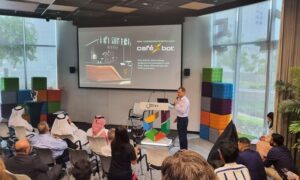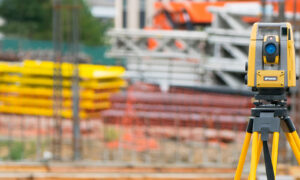Space exploration has always been interesting to people because it pushes the limits of what is possible and helps us learn more about the world. At the heart of these endeavors lies aerospace engineering, the discipline responsible for designing, building, and operating vehicles that travel beyond Earth’s atmosphere. In this article, we look into the pivotal role of aerospace engineering in space exploration, exploring its innovations, challenges, and contributions to humanity’s quest to unlock the mysteries of the cosmos.
Pioneering Spacecraft Design
Aerospace engineers are very important when it comes to making sure that spacecraft are built to meet the needs of space travel. From the iconic Apollo missions to contemporary endeavors like the Mars rovers, each mission requires meticulous planning and engineering expertise. Engineers must account for factors such as propulsion systems, structural integrity, thermal management, and communication technologies to ensure the success of these missions.
Propulsion Systems And Beyond
One of the most significant challenges in space exploration is achieving propulsion systems capable of reaching distant celestial bodies efficiently. Aerospace engineers continuously innovate in this field, developing propulsion technologies ranging from chemical rockets to ion drives and beyond. These advancements not only enable spacecraft to travel vast distances but also pave the way for future missions to explore even more distant realms of space.
Robotic Explorers
Unmanned robotic spacecraft have become indispensable tools for space exploration, providing valuable data and insights into celestial bodies throughout the solar system and beyond. Aerospace engineers design these robotic explorers to withstand the harsh conditions of space while carrying out complex scientific missions, such as planetary exploration, asteroid mining prospecting, and the search for extraterrestrial life.
Human Spaceflight
Aerospace engineering is also a key part of human spaceflight, which lets people go beyond Earth’s atmosphere and see the universe for themselves. Engineers design spacecraft, habitats, life support systems, and propulsion technologies to sustain human life in the hostile environment of space. Furthermore, ongoing research in areas such as radiation shielding, artificial gravity, and long-duration spaceflight aims to address the challenges of future crewed missions to distant destinations like Mars and beyond.
International Collaboration
Space exploration is increasingly characterized by international collaboration, with aerospace engineers from around the world working together on ambitious missions and projects. The International Space Station (ISS), joint missions to Mars, and partnerships between space agencies all make it easier for people to share information and resources and improve their aerospace engineering skills as a whole.
Sustainable Space Exploration
As the number of people living in space grows, more attention is being paid to environmentally friendly methods that will keep space research going for a long time. Aerospace engineers are developing innovative solutions for resource utilization, waste recycling, and environmental management in space habitats and exploration missions. By integrating principles of sustainability into spacecraft design and operations, aerospace engineering contributes to the responsible exploration and utilization of space resources.
Conclusion
Aerospace engineering lies at the forefront of space exploration, driving innovation, pushing technological boundaries, and expanding humanity’s reach into the cosmos. Aerospace engineers are very important to the future of space exploration because they build new spacecraft and make it possible for people to go into space and for robots to explore. As we continue to push the limits of what is possible, the wings of innovation will carry us ever closer to unlocking the mysteries of the universe.
Read More From Techbullion



































